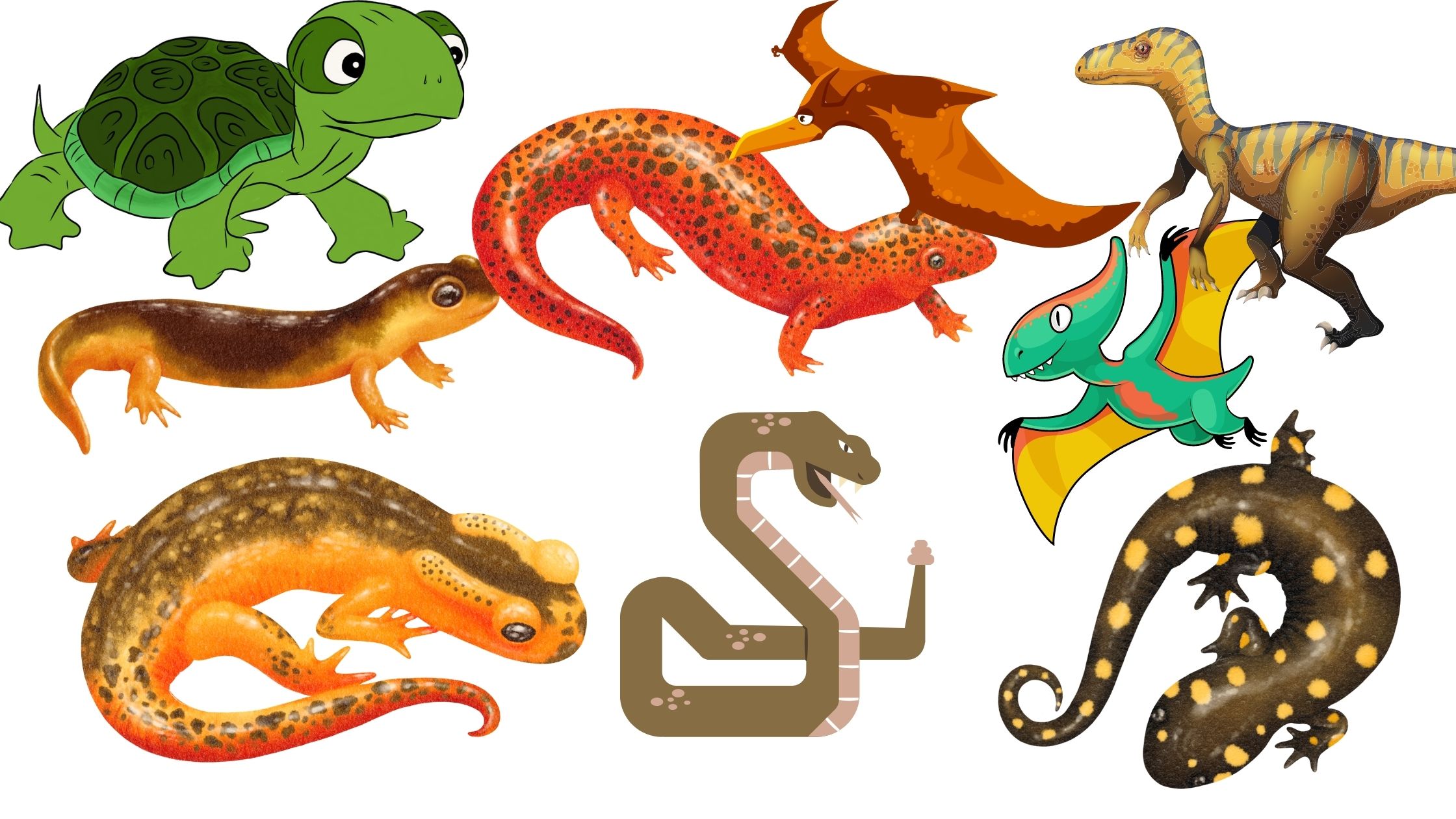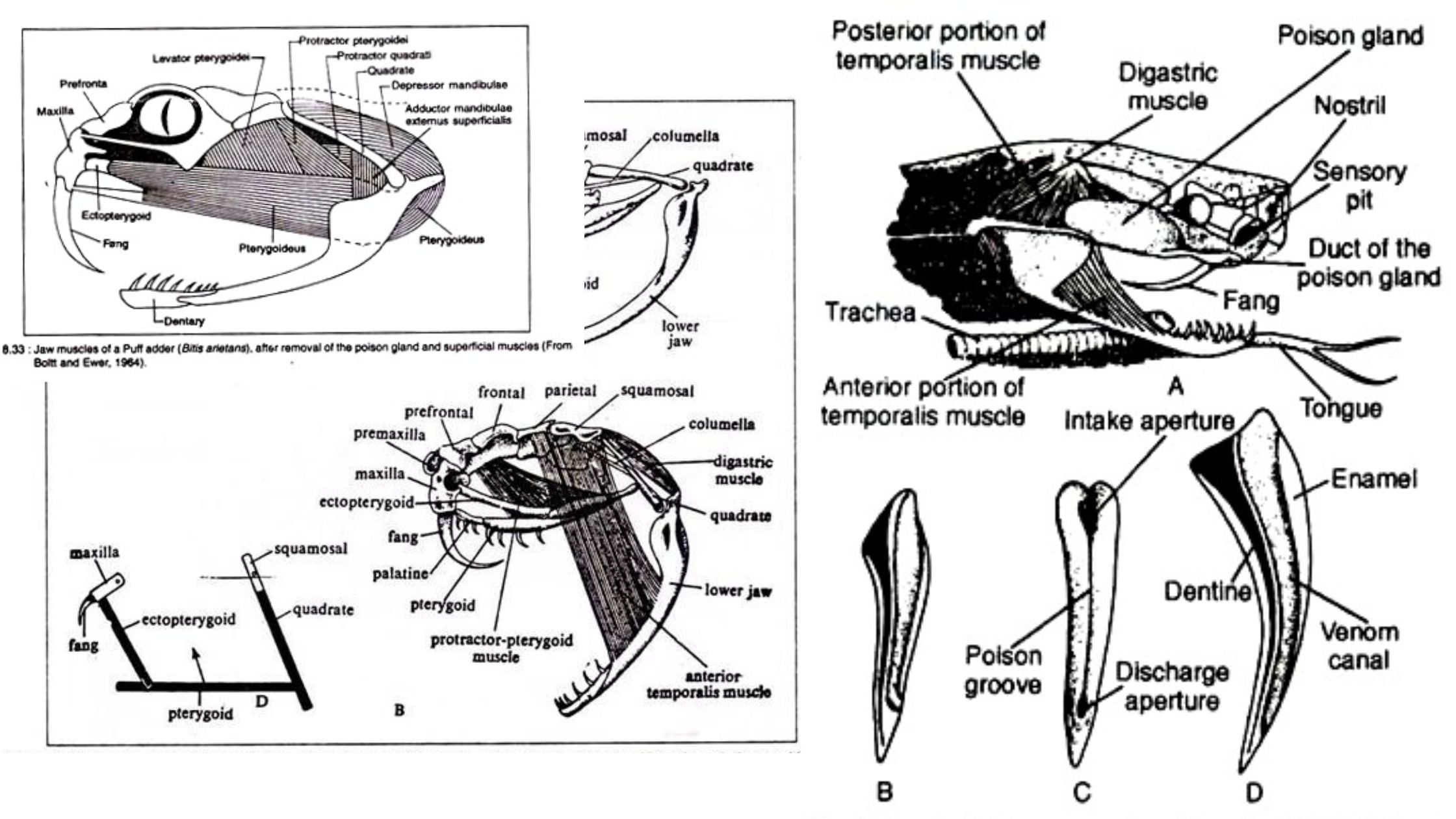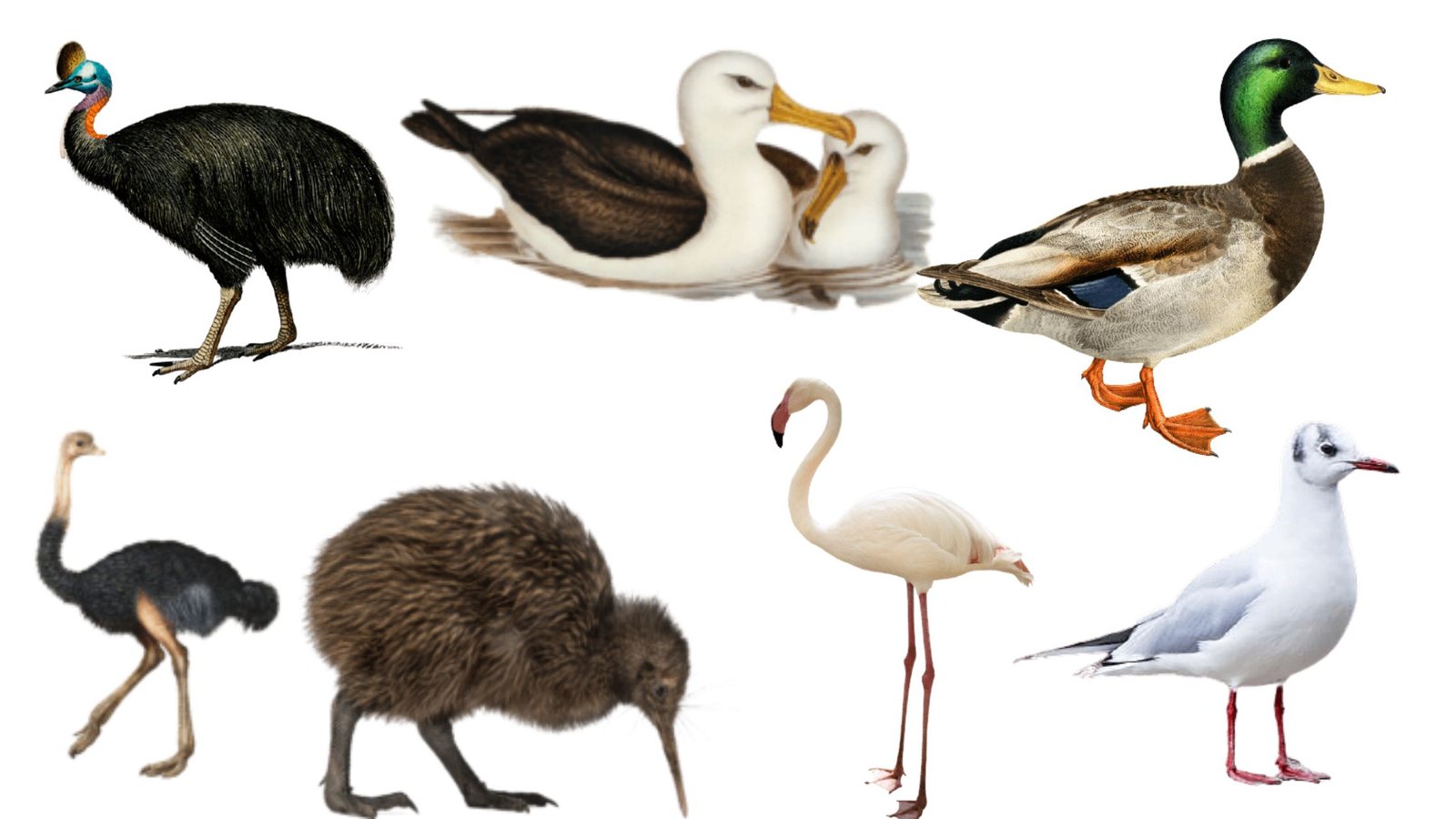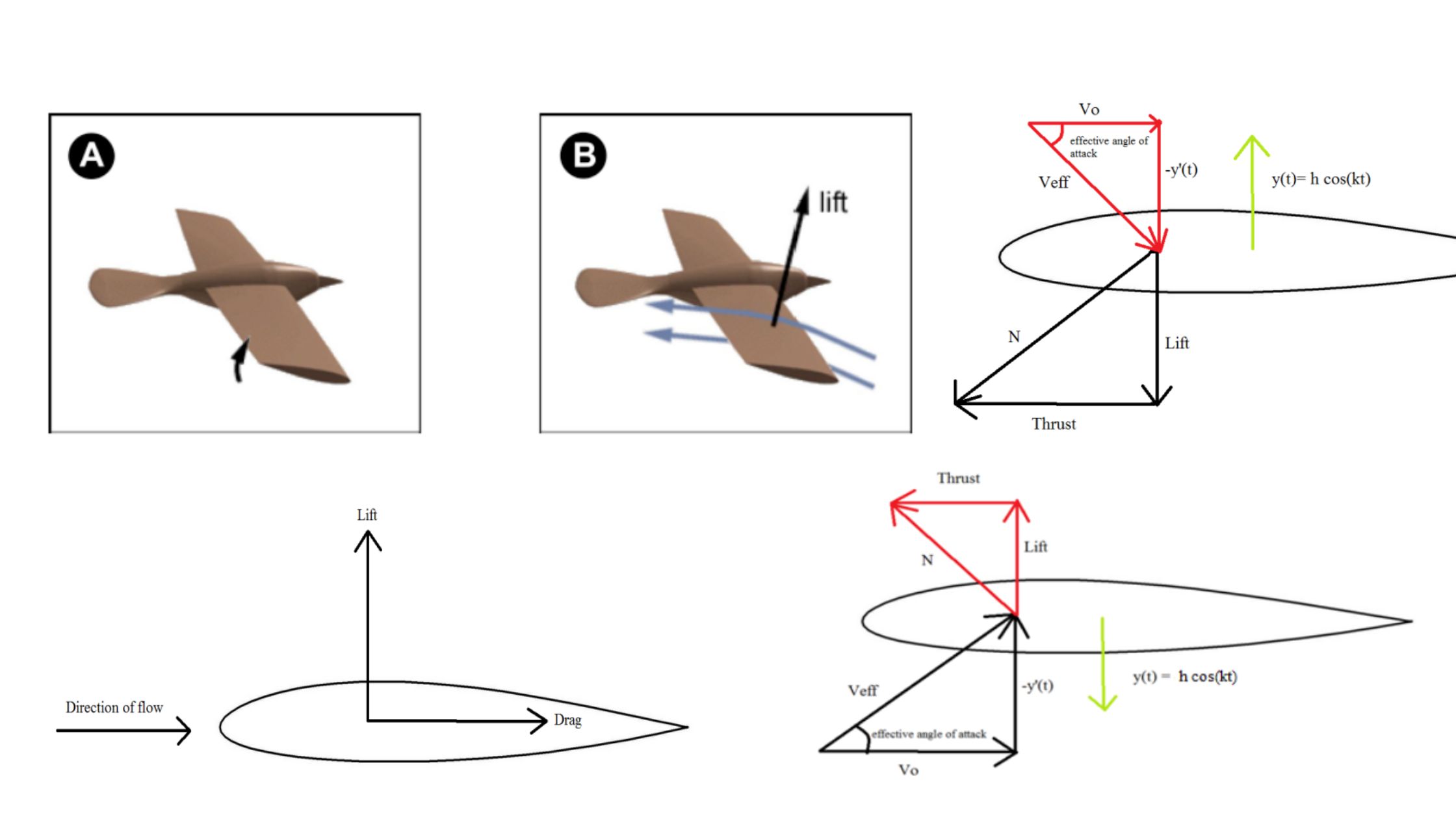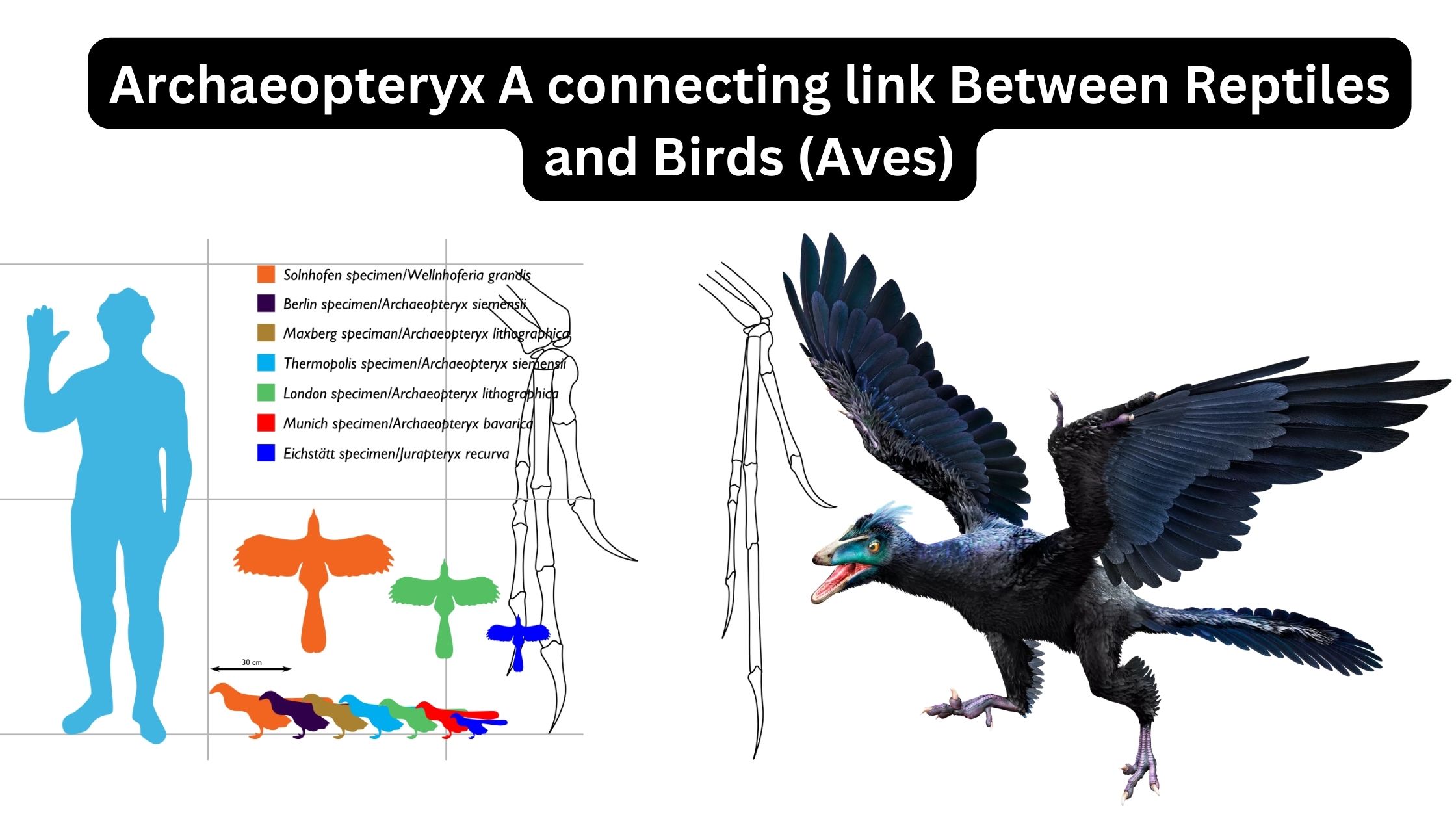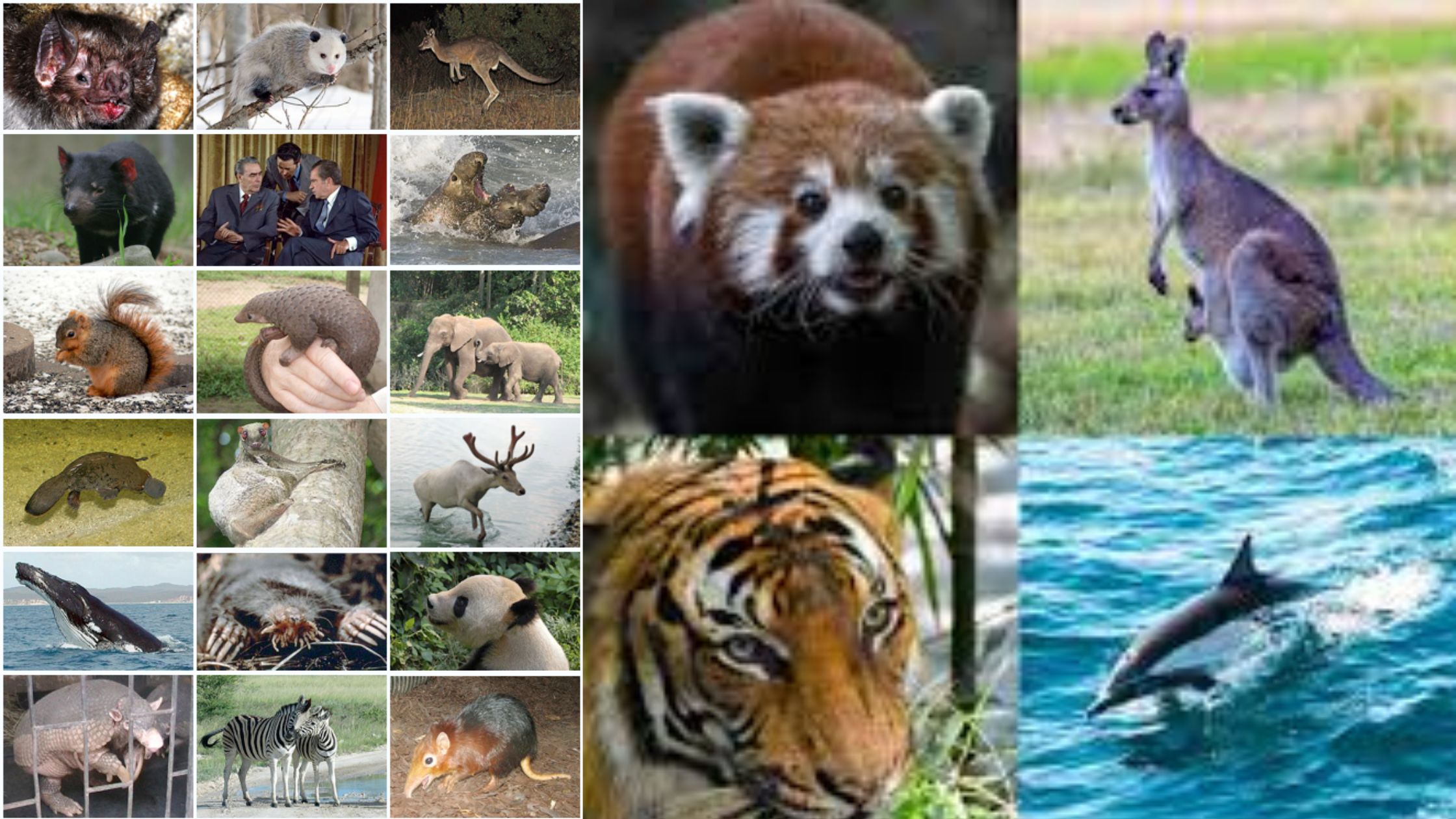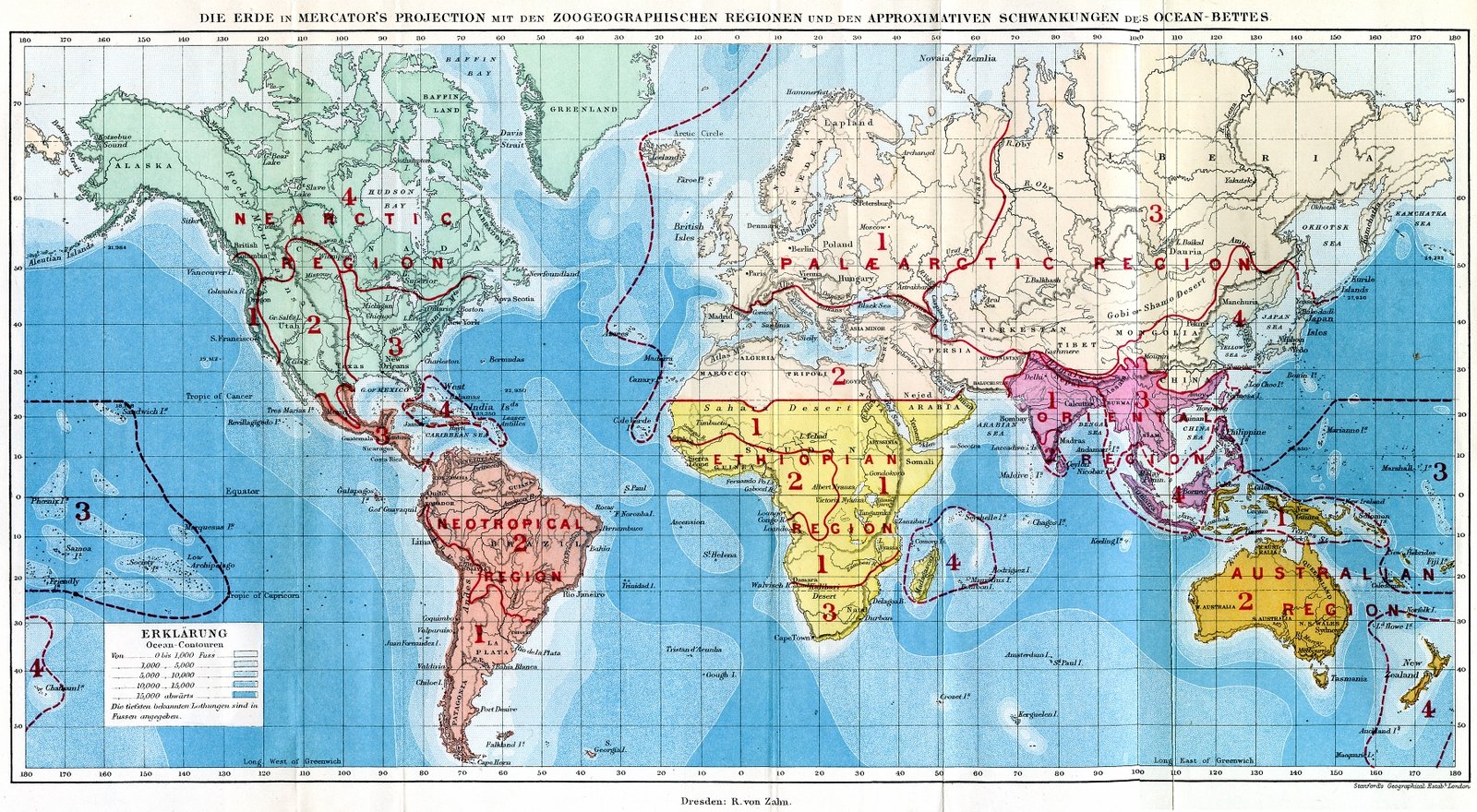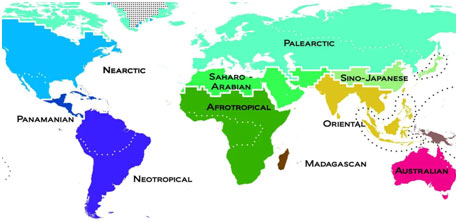Top M.Sc in Microbiology (Private and Government) colleges in West Bengal (Wb)
In this article, we will discuss about Top MSc Microbiology colleges in West Bengal. All these Colleges conduct an MSc program in Microbiology and they are located in West Bengal. Top M.Sc in Microbiology Private and Government colleges in West Bengal Adamas University Address Adamas Knowledge City, Barasat – Barrackpore Road, P.O. – Jagannathpur, District … Read more

